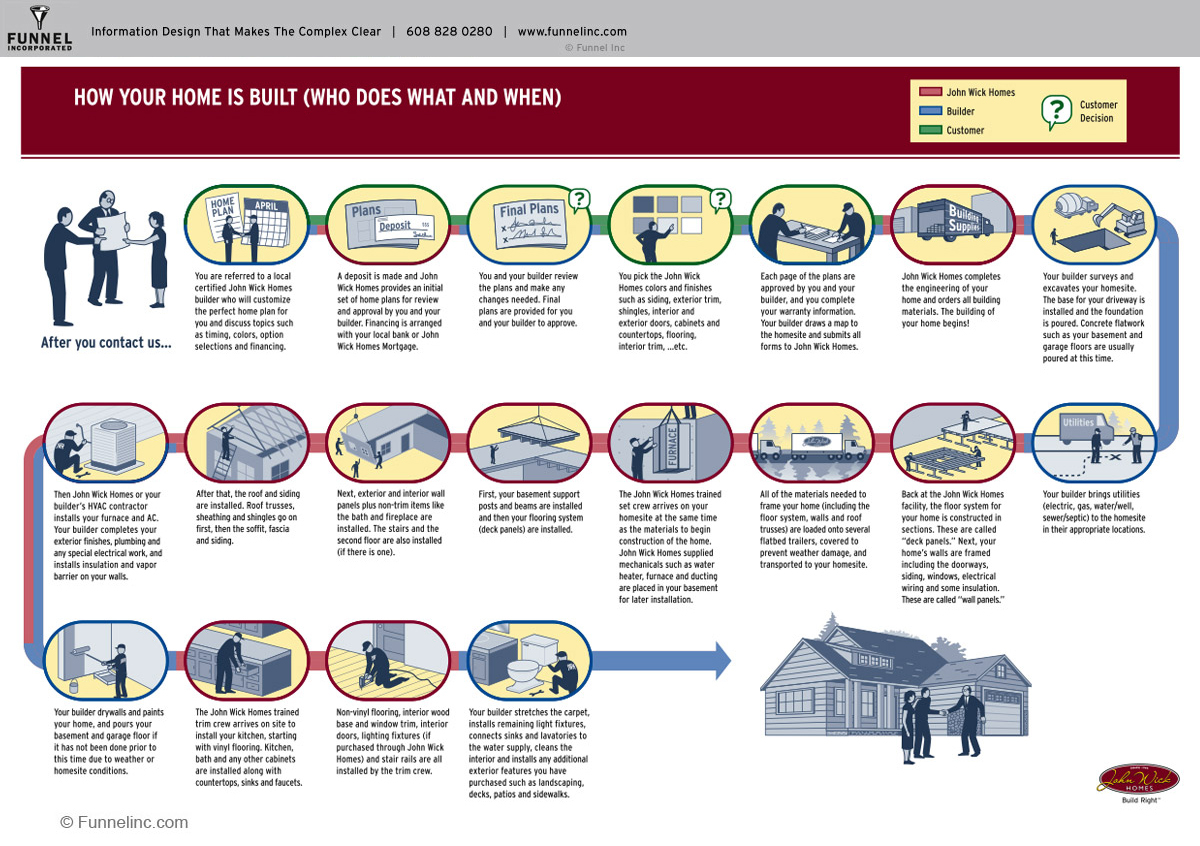How To Allocate Your Flooring Project: A Practical Guide
How To Allocate Your Flooring Project: A Practical Guide
Blog Article
Web Content Author-Rosario Terkildsen
When you're planning a flooring project, budgeting isn't nearly choosing a number; it's about comprehending what you absolutely require and the prices included. You'll want to evaluate your certain requirements, research different materials, and expect unexpected expenditures. Think of how variables like space objective and installation methods can impact your budget plan. Yet before you jump in, there are some essential details you may ignore that might substantially impact your overall costs. Let's check out just how to navigate these intricacies and ensure your task remains on track.
Assessing Your Floor Covering Requirements
Prior to diving into your floor covering project, it's essential to evaluate your floor covering requires. Begin by thinking about the specific areas where you prepare to set up brand-new floor covering. Think about the function of each room. For instance, bathroom and kitchens need waterproof materials, while living locations might gain from convenience and appearances.
Next off, examine the status quo of your floorings. Exist any type of structural issues, such as irregular surface areas or moisture problems? Attending to these issues early can save you money and time down the line.
Likewise, take note of the dimensions of each room to determine how much floor covering you'll require.
Do not fail to remember to consider epoxy floor coatings near me of life. If you have pet dogs or young youngsters, resilience might be your top priority, while a much more formal space might require a lavish finish. Furthermore, think about your style choices. Do you prefer a traditional appearance, or are you drawn to modern-day designs?
Finally, be reasonable concerning just how much maintenance you agree to commit to. Some products need even more maintenance than others. By recognizing your demands clearly, you'll be better geared up to make enlightened options as you progress with your floor covering project.
Estimating Costs and Products
Estimating costs and materials is an essential step in your floor covering job that can significantly influence your overall budget. Begin by measuring your area properly to figure out just how much flooring you'll need. For many materials, you'll find rates by square foot, so gather quotes from different distributors to obtain a realistic number.
Next off, take into consideration the type of flooring you desire. Options like wood, laminate, tile, or carpet all come with various rate points. Study the expenses for each and every and factor in any type of extra products like underlayment, sticky, or change strips.
Don't forget to consist of tools if you're preparing a do it yourself installation, as leasing or acquiring equipment can contribute to your expenses.
Labor expenses are another vital factor to consider. If you're hiring experts, obtain estimates from multiple contractors to ensure you're obtaining a reasonable rate. Be clear concerning the range of work to stay clear of unanticipated costs later on.
Last but not least, it's wise to allot a tiny portion of your allocate any kind of unexpected prices related to materials. By thoroughly estimating your expenses and products ahead of time, you'll establish on your own up for a smoother and a lot more workable floor covering task.
Preparation for Hidden Costs
Many home owners overlook the concealed expenditures that can arise during a flooring project, which can lead to spending plan overruns. To prevent this, you need to plan for prospective extra expenses.
First, think about the problem of your existing subfloor. If it's harmed or unequal, you'll likely require repair services or leveling, which can include considerably to your general cost.
Next off, think about removal and disposal charges for your old flooring. Many professionals charge additional for this service, so element that into your budget plan.
Furthermore, do not forget the costs of underlayment, which may not be consisted of in the first quote however are crucial for an effective installment.
You need to additionally get ready for unpredicted complications, such as pipes or electric job if your flooring job entails relocating fixtures. https://house-remodeling-company10875.blogthisbiz.com/39257621/discover-essential-questions-to-ask-your-flooring-contractor-that-could-conserve-you-money-and-time-however-what-other-elements-should-you-take-into-consideration to allot a minimum of 10-15% of your total allocate these unexpected expenses.
Finally, bear in mind that authorizations might be needed for sure installations. Constantly examine neighborhood policies to stay clear of fines or delays.
Conclusion
Finally, budgeting for your flooring job is crucial for an effective end result. By examining your demands, approximating prices, and preparation for hidden expenditures, you'll avoid surprises and remain on track. Bear in mind to allot a part of your budget for unanticipated prices and keep a detailed break down of your expenses. With https://cesaritbdm.dailyblogzz.com/33165805/exactly-how-do-you-choose-the-right-concrete-coatings-firm-for-your-project-discover-the-essential-factors-that-could-make-all-the-distinction and consideration, you'll produce an attractive space that fulfills your needs without breaking the bank. Pleased flooring!
